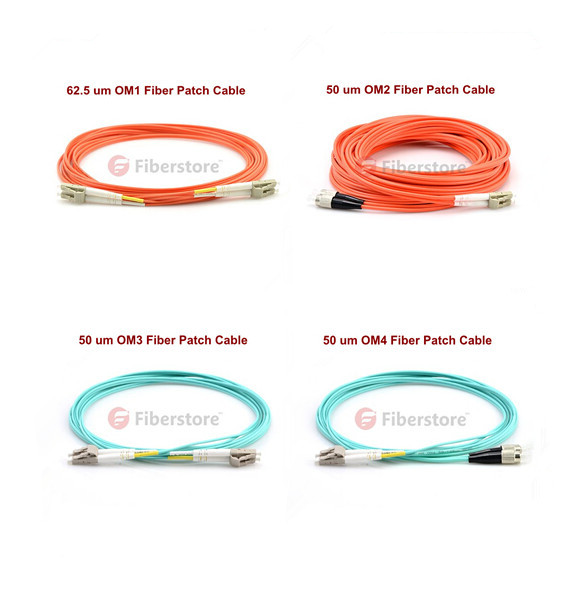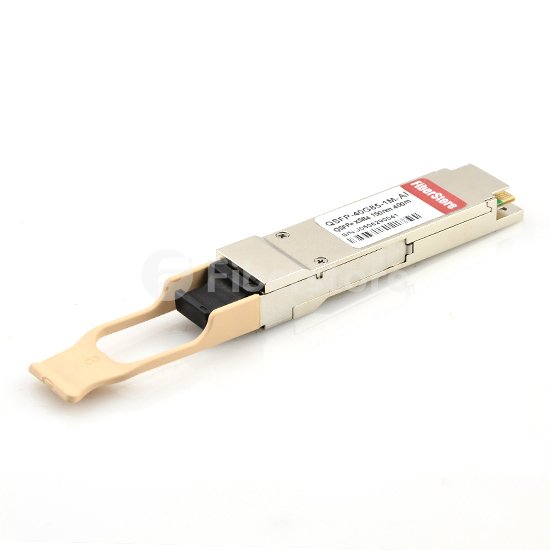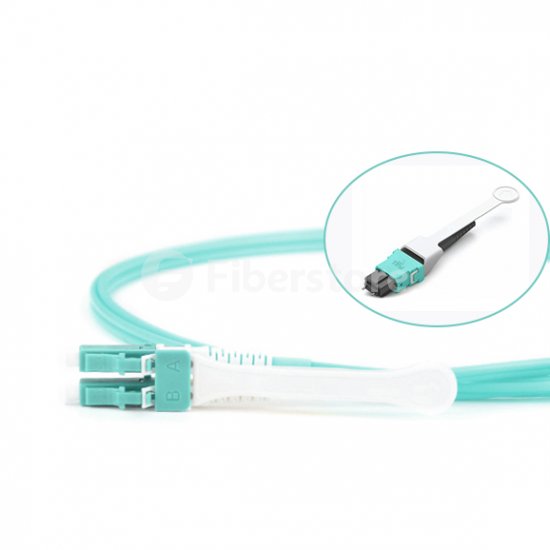Fiber jumpers continue to provide a cost-effective cabling solution for data centers, local area networks (LANs), and other enterprise applications. Singlemode fiber optic patch cords and multimode fiber optic patch cords are two options. Compared to singlemode fiber, multimode fiber has a large diameter core, which allows multiple wavelengths of light traveling in the fiber core at the same time. Multimode fiber optic patch cord comes with two core sizes: 50 micron and 62.5 micron. And this article will talk about these two core sizes of multimode fiber optic cables.
Overview
The numbers 50µm and 62.5µm refer to the diameters of the glass or plastic core, the part of the fiber that carries the light which encodes your data. The dimensions are sometimes specified as 50/125μm and 62.5/125μm, to include the diameter of the cladding, which confines the light to the core because it has a lower index of refraction. You can use both in the same types of networks, although 50µm cable is recommended for premise applications, like backbone, horizontal, and intrabuilding connections. They both can use either LED or laser light sources. The main difference between 50µm and 62.5µm cable is in bandwidth, 50µm cable features three times the bandwidth of standard 62.5µm cable, particularly at 850nm. The 850nm wavelength is becoming more important as lasers are being used more frequently as a light source. Other differences are distance and speed. 50µm cable provides longer link lengths and higher speeds in the 850nm wavelength.

62.5µm Multimode Fiber Optic Patch Cords
OM1 fiber optic cable is the 62.5/125 multimode fiber cable. OM1 fiber has a bigger core diameter, which makes it better at concentrating the light and bend-resistance. OM1 fiber was the indoor cabling standard chosen by AT&T, ANSI and IBM. For OM1 fiber cable, the max attenuation is 3.5dB/km working at 850nm, 1.5dB/km at 1300nm. Overfilled launch of OM1 fiber optic cable at 850nm is 200MHz*km, at 1300nm is 500MHz*km. Today, OM1 fiber optic cables are still a popular indoor use multimode fiber optic cable.
50µm Multimode Fiber Optic Patch Cords
50µm fiber includes OM2, OM3, OM4. OM2 fiber optic cable refer to the commonly used 50/125 traditional multimode fiber cable. OM1 and OM2 are both orange jacketed cable, and you cannot judge from the outer diameter to identify OM1 and OM2 fiber cable, because the 50/125 and 62.5/125 refer not to whole cable diameter but to the fiber inside. OM2 multimode fiber cables are used in fiber optic telecommunications and high speed transmission systems that require simultaneous, bi-directional data transfer.
OM3 cable and OM4 cable are both optimized for laser based equipment that uses fewer modes of light. As a result of this optimization, they are capable of running 10 Gigabit Ethernet at lengths up to 300m and 550m respectively. OM4 is completely backwards compatible with OM3 fiber and shares the same distinctive aqua jacket. OM4 was developed specifically for VSCEL laser transmission. OM4 multimode fiber optic cable is the highest level of multimode fiber optic cable that you can use. They can be used in networks where an overwhelming or extreme amount of data transfers will take place.
Which One Should You Choose?
Given its superior technical characteristics for high-speed links, 50μm fiber is the clear choice for new multimode fiber links in most circumstances. OM3-grade, high-bandwidth 50/125-micron fiber cable increases the flexibility of network designs and achieves data transfer rates up to 10Gbps at the lowest available cost. 50μm multimode fiber is the medium of the future, with 62.5μm fiber being supported chiefly for legacy purposes. However, the majority of the fiber deployed in the world today is 62.5μm, so backward compatibility is an important concern. On the other hand, there are no technical drawbacks to using different fiber types in separate network links, as long as the ports at both ends of the link are compatible with the cable. In a word, installing 50μm fiber for new network links is a good investment for future growth.

Summary
With the increasing demand for network capacity, upgrades must be planned with an eye to the future. Installing 50μm multimode fiber today brings immediate benefits of longer cable reach and improved light loss budget margins, and prepares the network for future upgrades.







